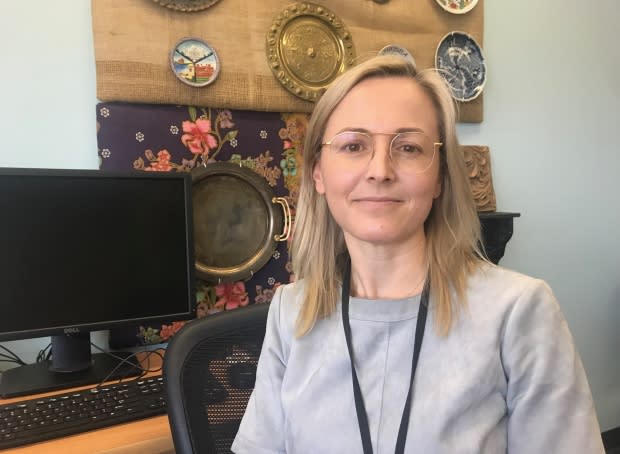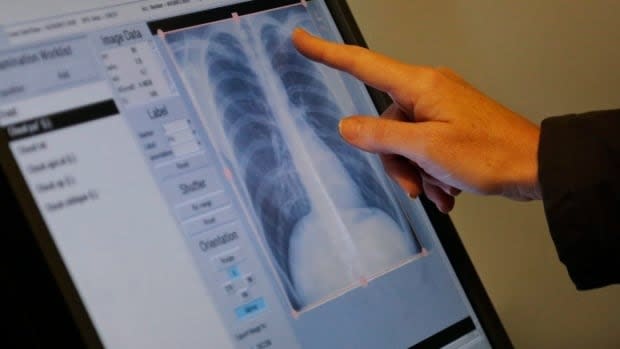New testing protocol for Calgary refugees designed to cut back on TB cases
A new pilot project in Calgary aims to simplify screening for tuberculosis in the refugee population and catch cases that are currently going undetected.
The Mosaic Refugee Health Clinic — the only centre of its kind in Calgary — is now offering a blood test, called Quantiferon, to screen all its new patients for latent, or inactive, TB at the same time as other blood work is done.
That single test replaces a seven step process involving a skin test and other follow-up appointments, some of which had to be done within a set time period.
"That skin test requires multiple tests. Its quite burdensome on the patient," said Dr. Annalee Coakley, physician lead with the clinic.
When people are new to Canada they can be overwhelmed with the settlement process and Coakley says many of them weren't making it to all of their follow-up appointments.
"There's many opportunities for people to fall away from care and not be identified."
Research shows 70 per cent of the high-risk refugee population were dropping off at some point during that process.

According to Coakley, nurses have been specially trained to do the complicated blood test alongside other blood work at a patient's initial appointment.
"Its one-stop shopping," she said. "From our point of view its working — just anecdotally — because we don't have to chase people down and we get the answer right away."
Many refugees come from countries with high tuberculosis rates and as a result they're considered high risk for latent TB — where the bacteria is in a person's body but it is dormant and there are no symptoms.
Over time people can go on to develop active TB which most often affects the lungs, causing a cough, fever, chills, weakness and other symptoms. But it can also affect other parts of the body such as the kidneys, spine and brain.
The key, doctors say, is to catch the disease before it becomes active because that's when it can spread to other people.
"The hope is they're offered treatment, they accept treatment, they complete treatment. And then what you're doing is preventing active TB down the road," said Coakley.
Tuberculosis rates stubborn in Alberta
While Alberta's TB rates are not growing, they're not decreasing in a way that brings comfort to doctors.
Over the last five years, Alberta's TB rates have held steady at roughly five cases for every 100,000 people, according to Dr. Dina Fisher, medical director of the Calgary Tuberculosis Clinic.
"We would like to be seeing a decrease like the United States has shown," she said. "The best way to accomplish that … is to work at improving our latent tuberculosis infection testing and treatment."
A 2018 report by Canada's Chief Public Health Officer called for improved efforts to eliminate this potentially deadly but "treatable and curable" disease. Over 1,700 people were diagnosed with active TB in Canada in 2016.

The Calgary pilot project will be studied in the coming months to determine how well it's working and, according to Fisher, early results are promising.
"We've definitely improved the uptake of testing for latent tuberculosis infection. So we're definitely excited about that," she said.
Doctors hope treatment can eventually be moved to the Refugee Health Clinic as well, so patients don't have make their way to the Calgary TB Clinic for antibiotic therapy.
"If we treat more people who are identified with latent tuberculosis infection then we're preventing active tuberculosis in the future. It's as simple as that," said Coakley.


